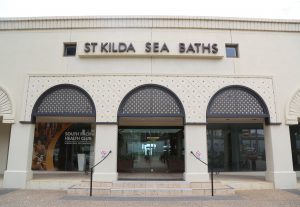Parametric Architecture
Parametric architecture is a style of building design where the final form of the structure is determined by a set of parameters. The movement originated in Europe, and was most popular in the period between the 1950-1970s.
Parametric design involves using a series of set parameters which will shape the potential structure. In modern day architecture, these parameters are inputted into design software which will use them to create the optimal design within these constraints. Architects may then adjust this design to be more creative and aesthetically pleasing.

Tokyo, The Gallery of Ginza Place. Image by askarim.
The features and materials used are wide-ranging, but usually include organic shapes with structural steel or reinforced concrete frames.
The style has been incorporated into buildings around Australia including those designed by notable architects such as Harry Seidler, Ken Woolley and Yuncken Freeman. The most famous examples in Australia that fall under this style include the Perth Synagogue and St Kilda Baths. Other famous architects who have used this style.

The St Kilda Sea Baths were originally designed by David Ross.
Arguably the most famous architect to have utilised this style is Frank Gehry, most commonly known for his work on landmarks such as the Guggenheim Museum Bilbao and the Walt Disney Concert Hall.
Check out Brutalist Architecture.
Cover image by Photo by Denys Nevozhai on Unsplash.





